Recent studies forecast Australia is on the precipice of a rooftop solar and household battery boom, predicting record breaking installation numbers driven by falling battery and solar module prices, government rebates and cost-of-living pressures.
Solar
New research by Sydney-based clean energy installer Green.com.au has predicted at 95% jump in demand for solar installations by New South Wales (NSW) households, on the back of the energy regulator’s announcement that energy prices will increase 9.7% from 1 July 2025.
Describing it as a surge well above the national average, in line with NSW mortgage costs that are 31% above the national average, the analysis found NSW residents could install up to 188,814 solar systems in the 2025/26 financial year, nearly double the 97,077 systems installed in 2024.
Green Founder Dave Green said solar has moved from a nice-to-have to a financial necessity.
“Over the next year, we’re forecasting nearly 190,000 new installations across NSW: double last year’s numbers,” Green said.
“When you combine a near 10% energy price rise with the state’s average new mortgage being 31% higher than the national average, it’s no surprise.”
The study’s finding show homeowners thinking about installing solar rose from 21.5% to 42% chasing a potential $110 million (USD 71.5 million) in savings annually across the state.
Batteries
The Climate Council have also forecast a boom in residential battery sales in line with state and government battery rebates and a drop in battery prices, finding one in two Australians want a household battery with rooftop solar.
Climate Councillor and energy expert Greg Bourne said Australia already generates an excess of clean, reliable, renewable energy from Australia’s abundant sun and wind.
“So, rather than simply letting it go to waste and missing out on the savings, batteries will help soak it all up and put it to good use during periods of high demand,” Bourne said.
“As our transport fleet progressively electrifies, those batteries can also help our grid and provide extra resilience to the system overall.”
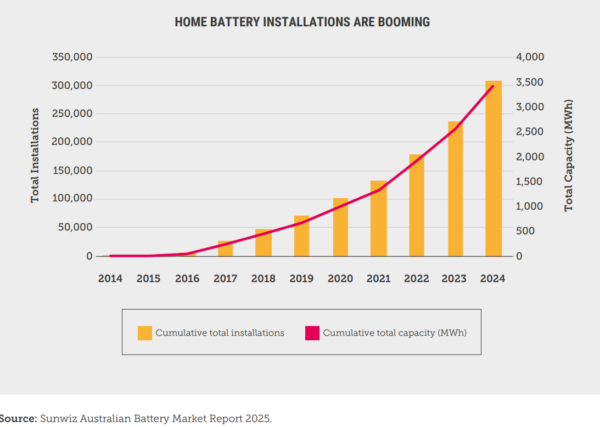
In South Australia, more than 7% of the state’s households utilise battery storage, in the Northern Territory (NT), 15.9% of homes with solar also have a battery, Western Australia (WA) ranks first in the country for the number of big batteries in service or being commissioned, and Victoria for its rollout of 140 community batteries,
Climate Council Fellow and energy expert Andrew Stock said while the states are making headway in household, community, and grid-scale battery storage, more must be done, and faster, to ensure consumers reap the benefits.
“Installing more batteries means more gigawatts of renewable energy we can store. The return on investment for communities: lower bills, less climate pollution from polluting coal and gas, and a more resilient grid,” Stock said.
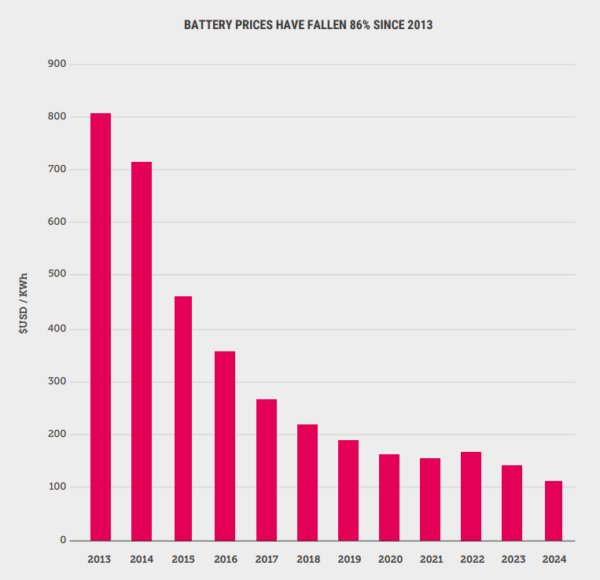
Image: Climate Council
This content is protected by copyright and may not be reused. If you want to cooperate with us and would like to reuse some of our content, please contact: editors@pv-magazine.com.
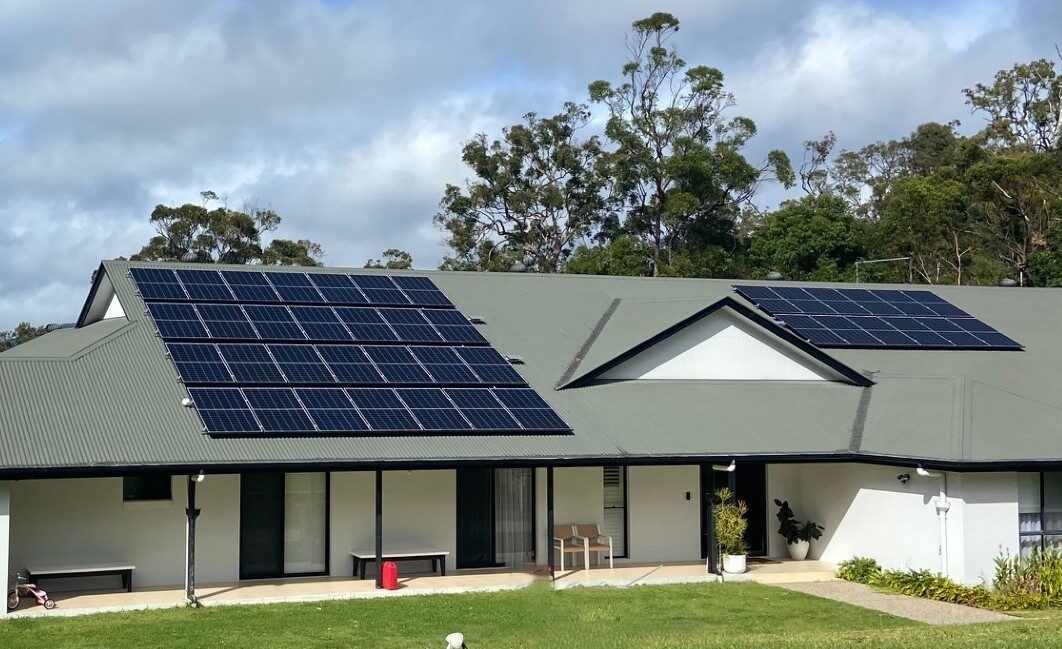
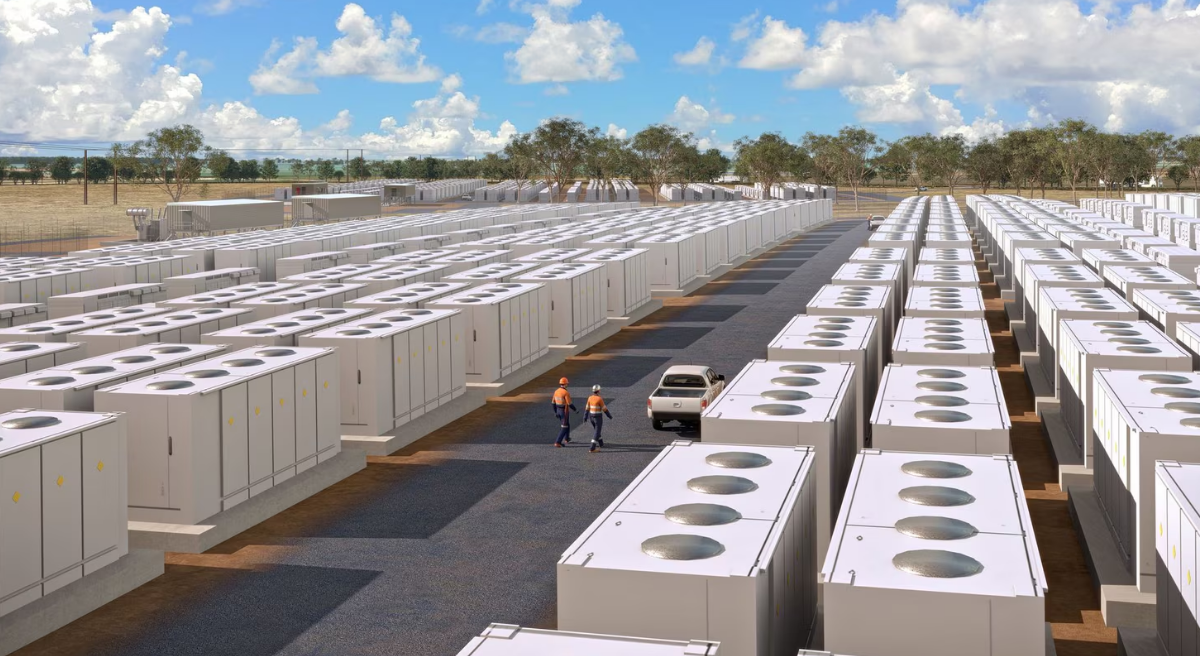



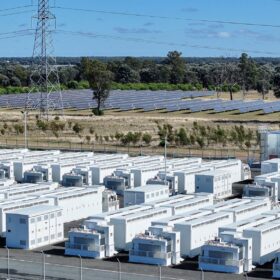
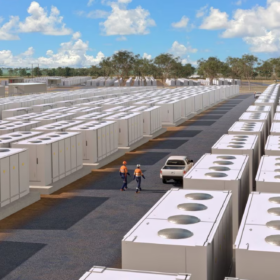
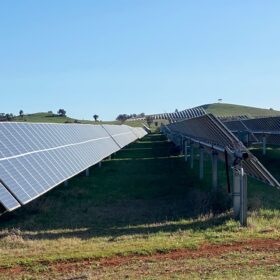
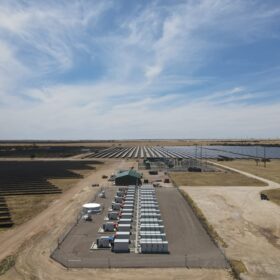
The energy prices have spiked even before 1 July 2025. Momentum Energy has just jacked up our electricity tariffs by 25%.